The secret to Cloudflare’s pace of Innovation


We are 11! And we also may be a little bleary-eyed and giddy from a week of shipping.

Our Birthday Weeks are one of my favorite Cloudflare traditions — where we release innovations that help to build a better Internet. Just this week we tackled email security, expanded our network into office buildings, and entered into the Web3 world.

But these weeks also precipitate the most common questions I’m asked from my product and engineering peers across the industry: how do we do it? How do we get so much stuff out so quickly? That we are able to innovate — and innovate so quickly — is no happy accident. In fact, this capability has been very deliberately built into the DNA of Cloudflare. I want to touch on three of the reasons unique to us: one relates to our people, one relates to our technology, and one relates to our customers.
Cultivating curiosity
The seeds of innovative ideas start with our team. One of the core things we look for when hiring in every role at Cloudflare — be it engineering and product or sales or account — is curiosity. We seek people who approach a situation Continue reading
Two Weeks Later: Finding and Eliminating Long Tail Latencies


A little over two weeks ago, we shared extensive benchmarking results of edge networks all around the world. It showed that on a range of tests (TCP connection time, time to first byte, time to last byte), and on a range of measurements (p95, mean), that Cloudflare had some impressive network performance. But we weren't the fastest everywhere. So we made a commitment: we would improve in at least 10% of networks where we were not #1.
Today, we’re happy to tell you that we’ve delivered as promised. Of the networks where our average latency exceeded 100ms behind the leading provider during Speed Week, we’ve dramatically improved our performance. There were 61 networks; now, we’re the fastest in 29 of them. Of course, we’re not done yet — but we wanted to share with you the latest results, and explain how we did it.
Measuring What Matters
In the process of quantifying network performance, it became clear where we were not the fastest everywhere. There were 61 country/network pairs where we more than 100ms behind the leading provider:

Once that was done, the fun began: we needed to go through the process of figuring out why we were slow — Continue reading
Announcing The Cloudflare Distributed Web Gateways Private Beta: Unlocking the Web3 Metaverse and Decentralized Finance for Everyone


It’s cliché to say that the Internet has undergone massive changes in the last five years. New technologies like distributed ledgers, NFTs, and cross-platform metaverses have become all the rage. Unless you happen to hang out with the Web3 community in Hong Kong, San Francisco, and London, these technologies have a high barrier to entry for the average developer. You have to understand how to run distributed nodes, set up esoteric developer environments, and keep up with the latest chains just to get your app to run. That stops today. Today you can sign up for the private beta of our Web3 product suite starting with our Ethereum and IPFS gateway.

Before we go any further, a brief introduction to blockchain (Ethereum in our example) and the InterPlanetary FileSystem (IPFS). In a Web3 setting, you can think of Ethereum as the compute layer, and IPFS as the storage layer. By leveraging decentralised ledger technology, Ethereum provides verifiable decentralised computation. Publicly available binaries, called "smart contracts", can be instantiated by users to perform operations on an immutable set of records. This set of records is the state of the blockchain. It has to be maintained by every node on the Continue reading
Get started Building Web3 Apps with Cloudflare


For many developers, the term Web3 feels like a buzzword — it's the sort of thing you see on a popular "Things you need to learn in 2021" tweet. As a software developer, I've spent years feeling the same way. In the last few months, I’ve taken a closer look at the Web3 ecosystem, to better understand how it works, and why it matters.
Web3 can generally be described as a decentralized evolution of the Internet. Instead of a few providers acting as the mediators of how your interactions and daily life on the web should work, a Web3-based future would liberate your data from proprietary databases and operate without centralization via the incentive structure inherent in blockchains.
The Web3 space in 2021 looks and feels much different from what it did a few years ago. Blockchains like Ethereum are handling incredible amounts of traffic with relative ease — although some improvements are needed — and newer blockchains like Solana have entered the space as genuine alternatives that could alleviate some of the scaling issues we've seen in the past few years.
Cloudflare is incredibly well-suited to empower developers to build the future with Web3. The announcement of Continue reading
Web3 — A vision for a decentralized web


By reading this, you are a participant of the web. It's amazing that we can write this blog and have it appear to you without operating a server or writing a line of code. In general, the web of today empowers us to participate more than we could at any point in the past.
Last year, we mentioned the next phase of the Internet would be always on, always secure, always private. Today, we dig into a similar trend for the web, referred to as Web3. In this blog we'll start to explain Web3 in the context of the web's evolution, and how Cloudflare might help to support it.
Going from Web 1.0 to Web 2.0
When Sir Tim Berners-Lee wrote his seminal 1989 document “Information Management: A Proposal”, he outlined a vision of the “web” as a network of information systems interconnected via hypertext links. It is often assimilated to the Internet, which is the computer network it operates on. Key practical requirements for this web included being able to access the network in a decentralized manner through remote machines and allowing systems to be linked together without requiring any central control or coordination.

May I ask who’s calling, please? A recent rise in VoIP DDoS attacks


Over the past month, multiple Voice over Internet Protocol (VoIP) providers have been targeted by Distributed Denial of Service (DDoS) attacks from entities claiming to be REvil. The multi-vector attacks combined both L7 attacks targeting critical HTTP websites and API endpoints, as well as L3/4 attacks targeting VoIP server infrastructure. In some cases, these attacks resulted in significant impact to the targets’ VoIP services and website/API availability.
Cloudflare’s network is able to effectively protect and accelerate voice and video infrastructure because of our global reach, sophisticated traffic filtering suite, and unique perspective on attack patterns and threat intelligence.
If you or your organization have been targeted by DDoS attacks, ransom attacks and/or extortion attempts, seek immediate help to protect your Internet properties. We recommend not paying the ransom, and to report it to your local law enforcement agencies.
Voice (and video, emojis, conferences, cat memes and remote classrooms) over IP
Voice over IP (VoIP) is a term that's used to describe a group of technologies that allow for communication of multimedia over the Internet. This technology enables your FaceTime call with your friends, your virtual classroom lessons over Zoom and even some “normal” calls you make from your cell phone.
Real-Time Communications at Scale
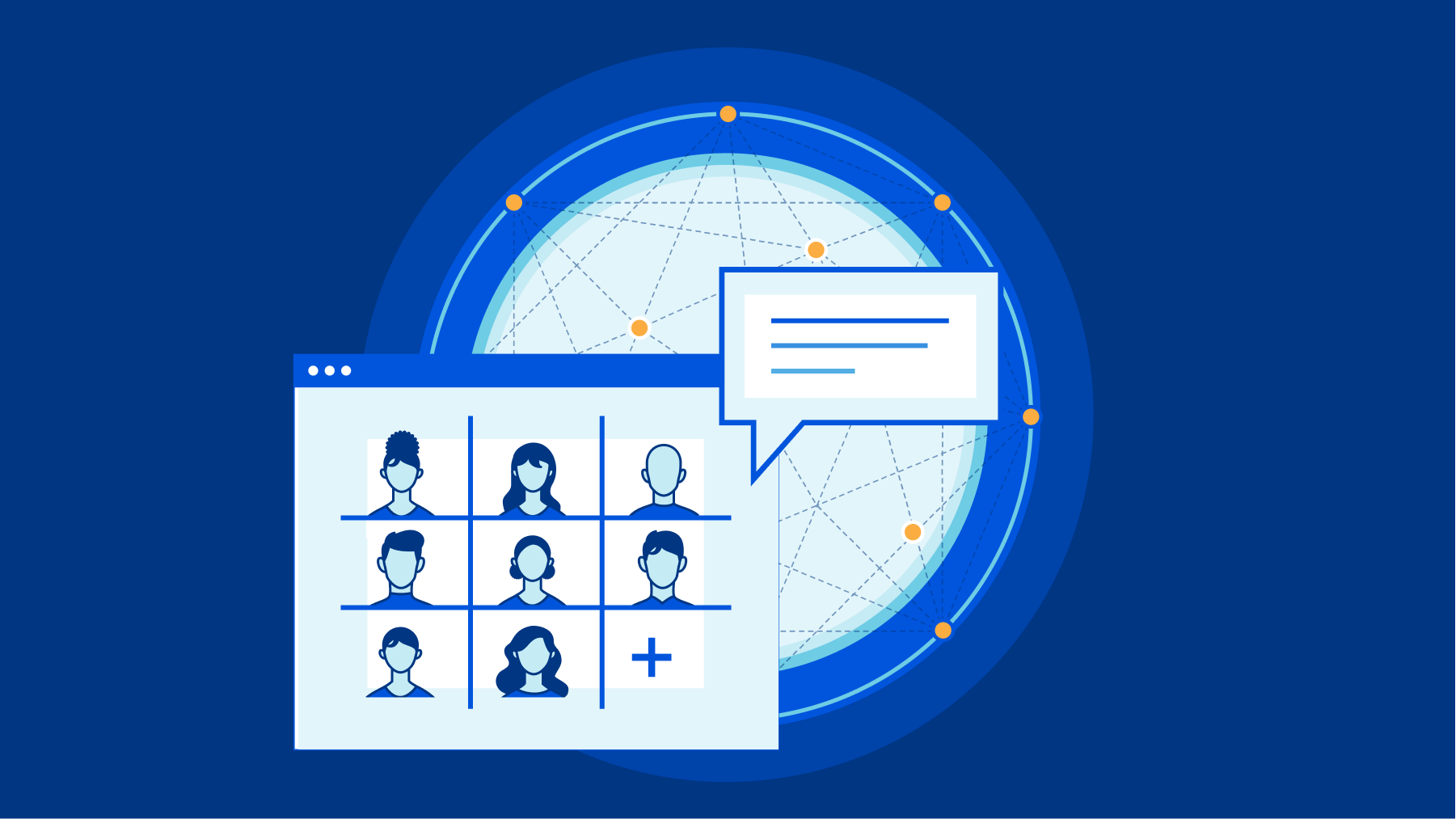
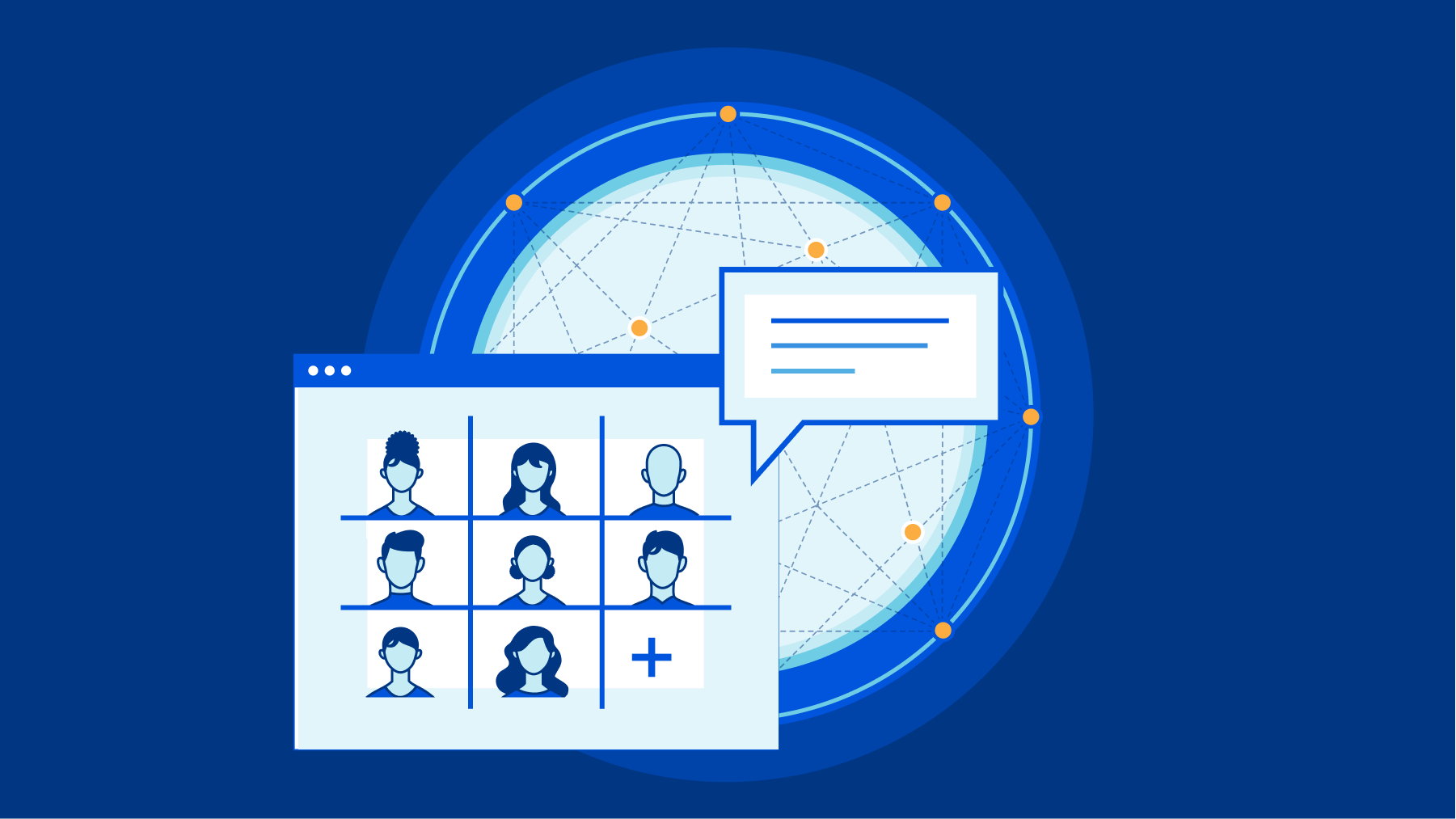
For every successful technology, there is a moment where its time comes. Something happens, usually external, to catalyze it — shifting it from being a good idea with promise, to a reality that we can’t imagine living without. Perhaps the best recent example was what happened to the cloud as a result of the introduction of the iPhone in 2007. Smartphones created a huge addressable market for small developers; and even big developers found their customer base could explode in a way that they couldn’t handle without access to public cloud infrastructure. Both wanted to be able to focus on building amazing applications, without having to worry about what lay underneath.
Last year, during the outbreak of COVID-19, a similar moment happened to real time communication. Being able to communicate is the lifeblood of any organization. Before 2020, much of it happened in meeting rooms in offices all around the world. But in March last year — that changed dramatically. Those meeting rooms suddenly were emptied. Fast-forward 18 months, and that massive shift in how we work has persisted.
While, undoubtedly, many organizations would not have been able to get by without the likes of Slack, Zoom and Teams as Continue reading
Serverless Live Streaming with Cloudflare Stream


We’re excited to introduce the open beta of Stream Live, an end-to-end scalable live-streaming platform that allows you to focus on growing your live video apps, not your codebase.
With Stream Live, you can painlessly grow your streaming app to scale to millions of concurrent broadcasters and millions of concurrent users. Start sending live video from mobile or desktop using the industry standard RTMPS protocol to millions of viewers instantly. Stream Live works with the most popular live video broadcasting software you already use, including ffmpeg, OBS or Zoom. Your broadcasts are automatically recorded, optimized and delivered using the Stream player.
When you are building your live infrastructure from scratch, you have to answer a few critical questions:
- “Which codec(s) are we going to use to encode the videos?”
- “Which protocols are we going to use to ingest and deliver videos?”
- “How are the different components going to impact latency?”
We built Stream Live, so you don’t have to think about these questions and spend considerable engineering effort answering them. Stream Live abstracts these pesky yet important implementation details by automatically choosing the most compatible codec and streaming protocol for the client device. There is no Continue reading
Announcing Cloudflare TV as a Service
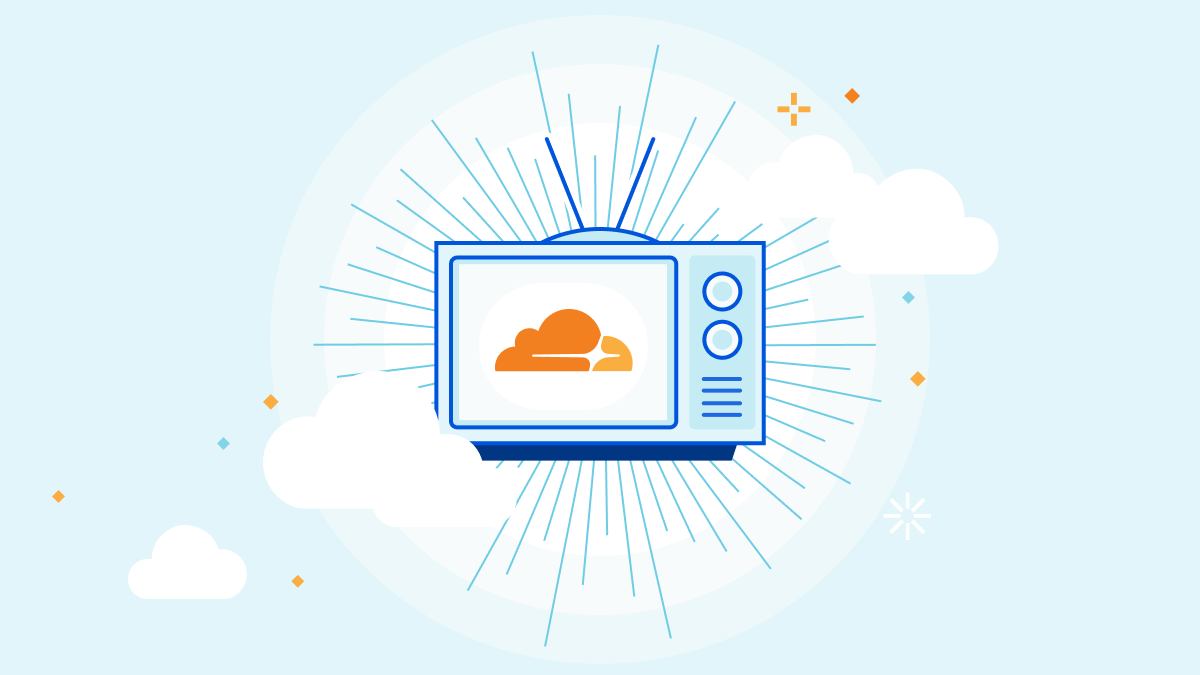
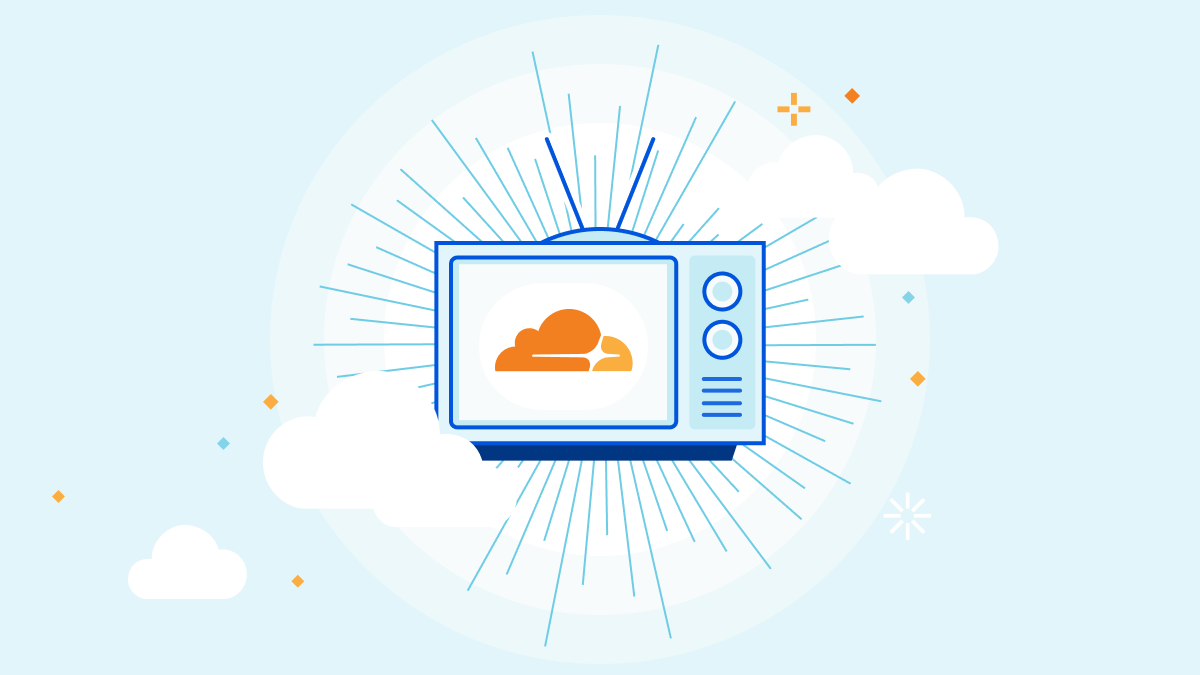
In June 2020, Cloudflare TV made its debut: a 24/7 streaming video channel, focused on topics related to building a better Internet (and the people working toward that goal). Today, over 1,000 live shows later, we’re excited to announce that we're making the technology we used to build Cloudflare TV available to any other business that wants to run their own 24x7 streaming network. But, before we get to that, it’s worth reflecting on what it's been like for us to run one ourselves.
Let’s take it from the top.
Cloudflare TV began as an experiment in every way you could think of, one we hoped would help capture the serendipity of in-person events in a world where those were few and far between. It didn’t take long before we realized we had something special on our hands. Not only was the Cloudflare team thriving on-screen, showcasing an amazing array of talent and expertise — they were having a great time doing it. Cloudflare TV became a virtual watercooler, spiked with the adrenaline rush of live TV.
One of the amazing things about Cloudflare TV has been the breadth of content it’s inspired. Since launching, CFTV has hosted over 1,000 Continue reading
Increased interest in Spanish media after the La Palma volcanic eruption

The Internet is a valuable source of knowledge but also a deeply interesting, interconnected, and complex place. And with Cloudflare Radar (our Internet trends and insights free tool for everyone — including journalists, like I was for several years) you get a sense of different trends in the collection of networks that form the Internet.
We saw that over the past week or so in Spain. Radar shows a clear increase in interest in Spanish media outlets (in comparison with the preceding days and Sundays) after the news of the eruption in La Palma (one of the Spanish Canary Islands) broke on Sunday, September 19.
That is particularly clear looking at El País, one of the most well known media outlets in the country. Using our Global Popularity Ranking Trend available on Radar, we can see that ElPais.com jumped several positions in our ranking of most popular domains after September 19. That change is clear in the last seven days, but especially in the last 30, putting El País near the top 3,000 most popular domains in the world.
Elpais.com

A similar trend is Continue reading
How Cloudflare provides tools to help keep IPFS users safe


Cloudflare's journey with IPFS started in 2018 when we announced a public gateway for the distributed web. Since then, the number of infrastructure providers for the InterPlanetary FileSystem (IPFS) has grown and matured substantially. This is a huge benefit for users and application developers as they have the ability to choose their infrastructure providers.
Today, we’re excited to announce new secure filtering capabilities in IPFS. The Cloudflare IPFS module is a tool to protect users from threats like phishing and ransomware. We believe that other participants in the network should have the same ability. We are releasing that software as open source, for the benefit of the entire community.
Its code is available on github.com/cloudflare/go-ipfs. To understand how we built it and how to use it, read on.
A brief introduction on IPFS content retrieval
Before we get to understand how IPFS filtering works, we need to dive a little deeper into the operation of an IPFS node.
The InterPlanetary FileSystem (IPFS) is a peer-to-peer network for storing content on a distributed file system. It is composed of a set of computers called nodes that store and relay content using a common addressing system.
Nodes communicate with each other Continue reading
Cloudflare for Offices
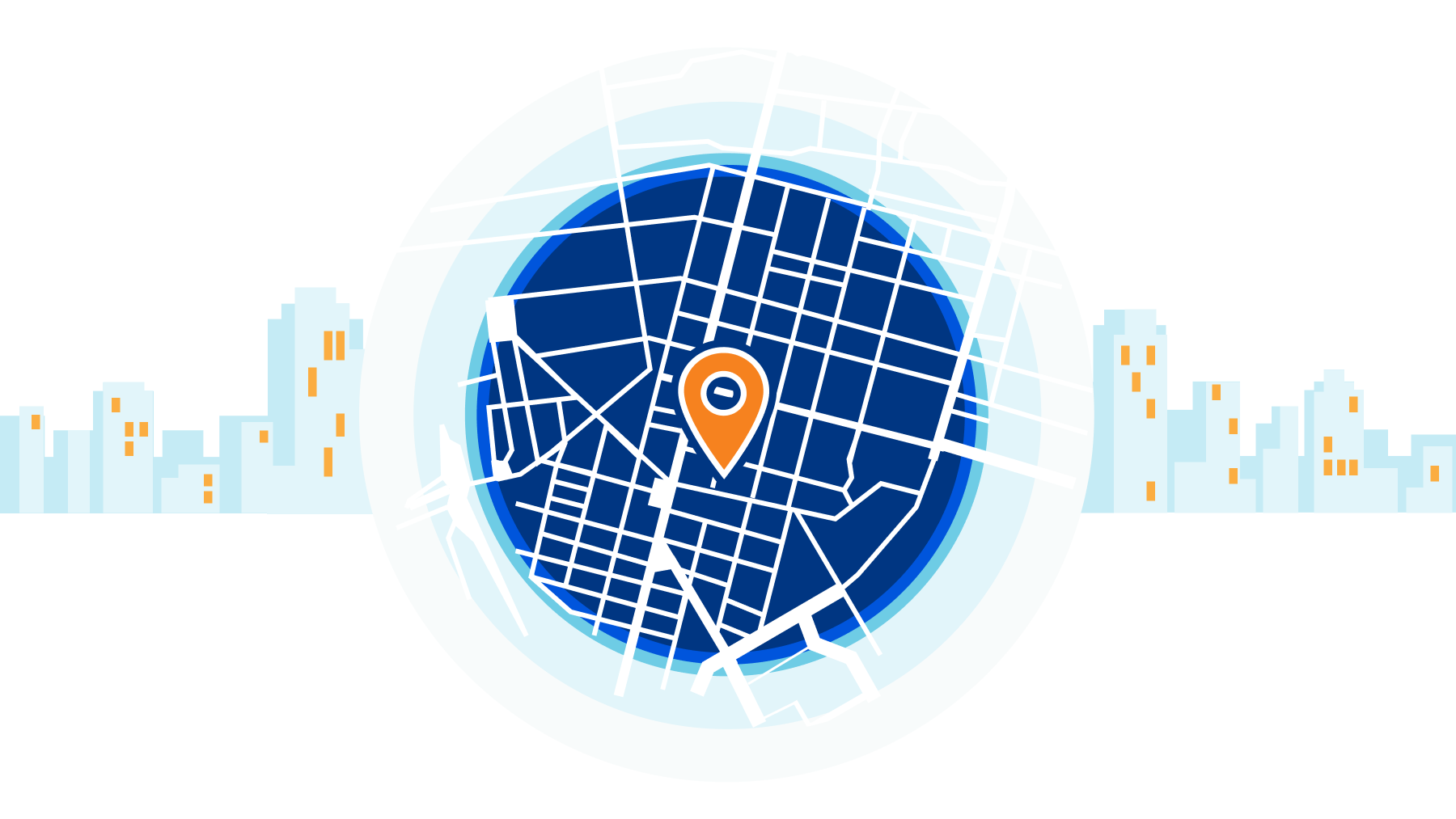

Cloudflare's network is one of the biggest, most connected, and fastest in the world. It extends to more than 250 cities. In those cities, we're often present in multiple data centers in order to connect to as many networks and bring our services as close to as many users as possible. We're always asking ourselves: how can we get closer to even more of the world's Internet users?
Today, we're taking a big step toward that goal.
Introducing Cloudflare for Offices. We are creating strategic partnerships that will enable us to extend Cloudflare's network into over 1,000 of the world's busiest office buildings and multi-dwelling units. These buildings span the globe, and are where millions of people work every day; now, they’re going to be microseconds away from our global network. Our first deployments will include 30 Hudson Yards, 4 Times Square, and 520 Madison in New York; Willis Tower in Chicago; John Hancock Tower in Boston; and the Embarcadero Center and Salesforce Tower in San Francisco.
And we're not done. We've built custom secure hardware and partnered with fiber providers to scale this model globally. It will bring a valuable new resource to the literal doorstep of Continue reading
Dark Mode for the Cloudflare Dashboard

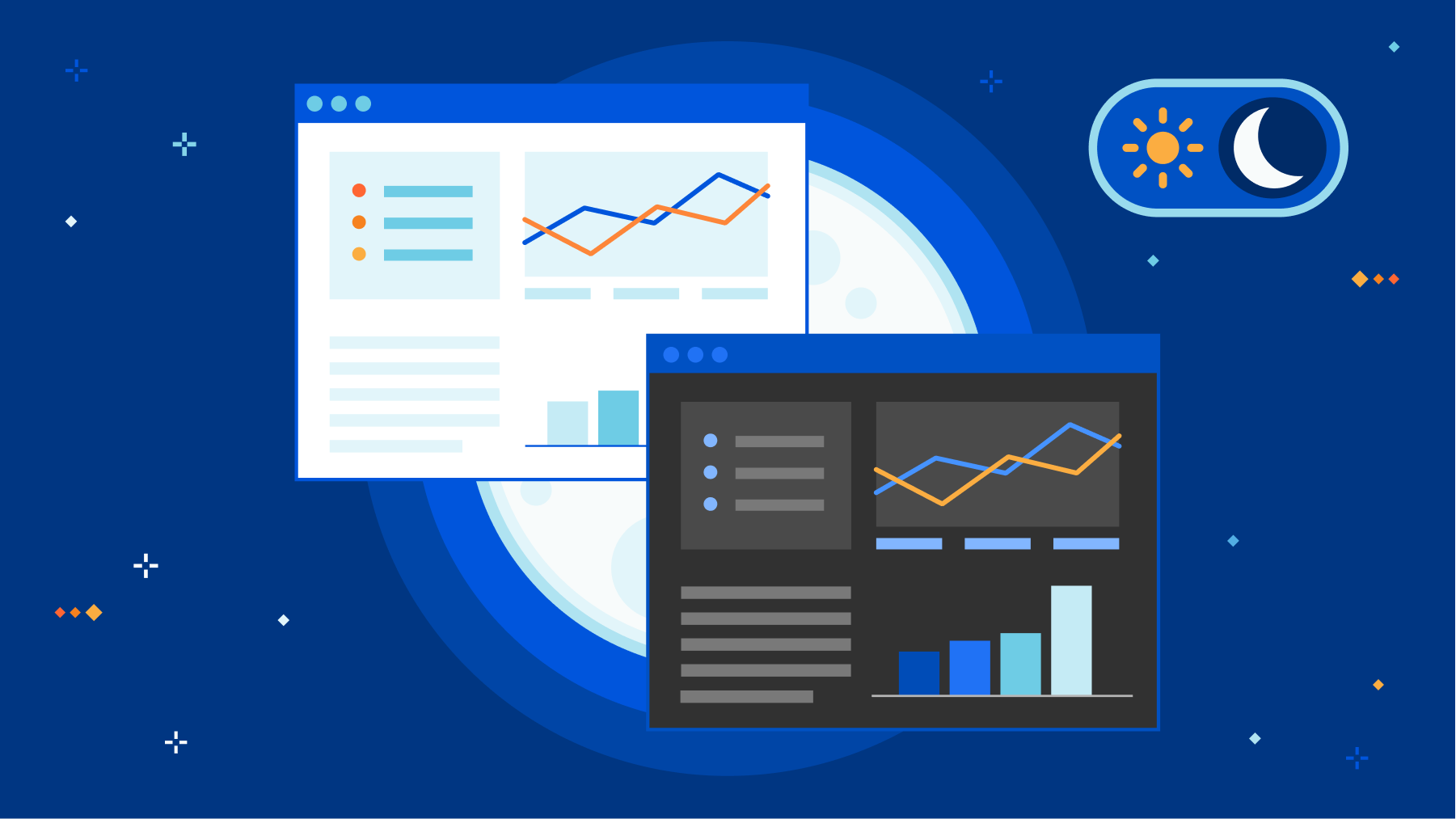
Today, dark mode is available for the Cloudflare Dashboard in beta! From your user profile, you can configure the Cloudflare Dashboard in light mode, dark mode, or match it to your system settings.
For those unfamiliar, dark mode, or light on dark color schemes, uses light text on dark backgrounds instead of the typical dark text on light (usually white) backgrounds. In low-light environments, this can help reduce eyestrain and actually reduce power consumption on OLED screens. For many though, dark mode is simply a preference supported widely by applications and devices.

How to enable dark mode
- Log into Cloudflare.
- Go to your user profile.
- Under Appearance, select an option: Light, Dark, or Use system setting. For the time being, your choice is saved into local storage.

There are many primers and how-tos on implementing dark mode, and you can find articles talking about the general complications of implementing a dark mode including this straightforward explanation. Instead, we will talk about what enabled us to be able to implement dark mode in Continue reading
Announcing Cloudflare R2 Storage: Rapid and Reliable Object Storage, minus the egress fees
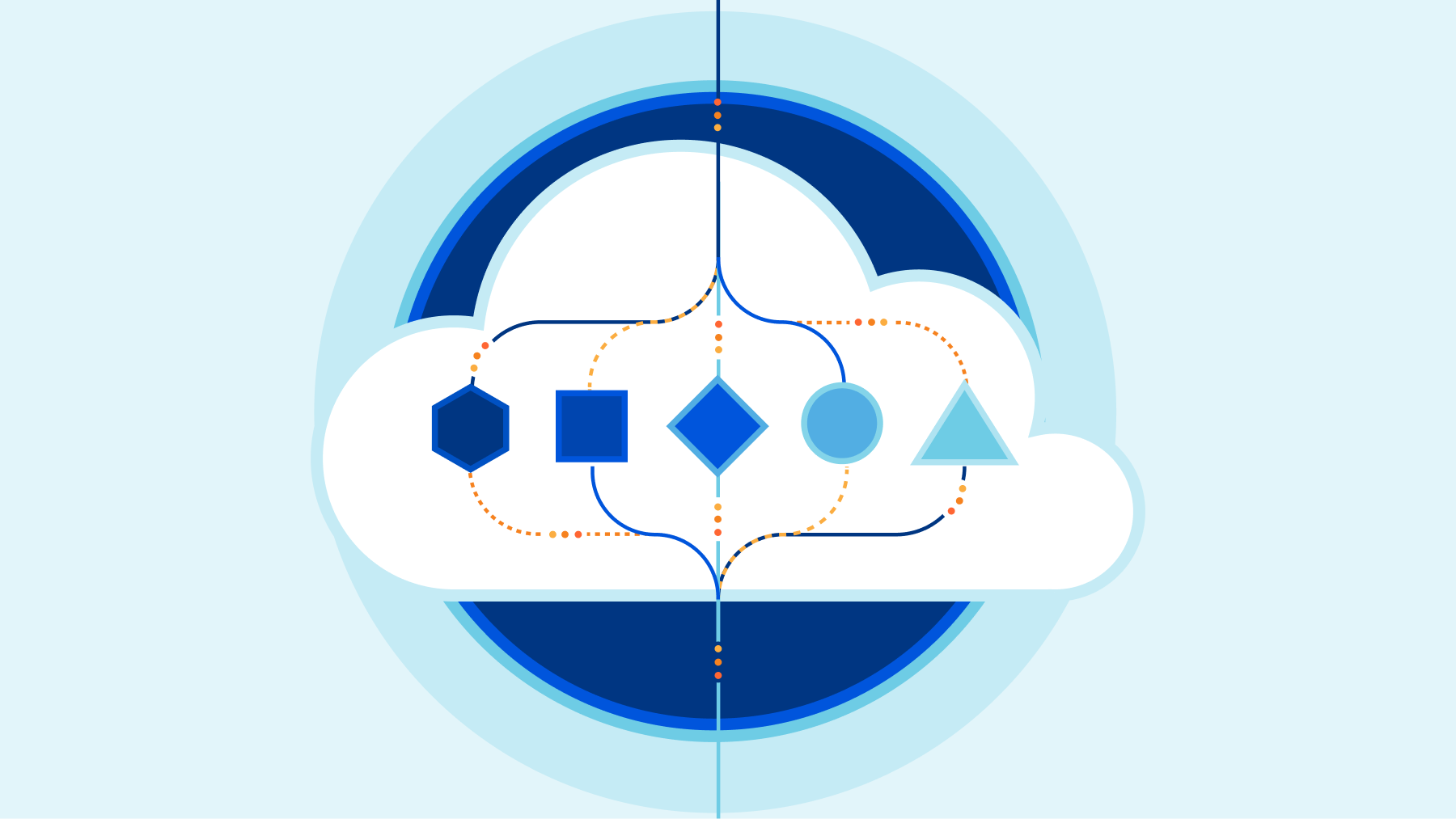

We’re excited to announce Cloudflare R2 Storage! By giving developers the ability to store large amounts of unstructured data, we’re expanding what’s possible with Cloudflare while slashing the egress bandwidth fees associated with typical cloud storage services to zero.
Cloudflare R2 Storage includes full S3 API compatibility, working with existing tools and applications as built.
Let’s get into the R2 details.
R2 means “Really Requestable”
Object Storage, sometimes referred to as blob storage, stores arbitrarily large, unstructured files. Object storage is well suited to storing everything from media files or log files to application-specific metadata, all retrievable with consistent latency, high durability, and limitless capacity.
The most familiar API for Object Storage, and the API R2 implements, is Amazon’s Simple Storage Service (S3). When S3 launched in 2006, cloud storage services were a godsend for developers. It didn’t happen overnight, but over the last fifteen years, developers have embraced cloud storage and its promise of infinite storage space.
As transformative as cloud storage has been, a downside emerged: actually getting your data back. Over time, companies have amassed massive amounts of data on cloud provider networks. When they go to retrieve that data, they’re hit with massive egress fees that Continue reading
Registrar for Everyone
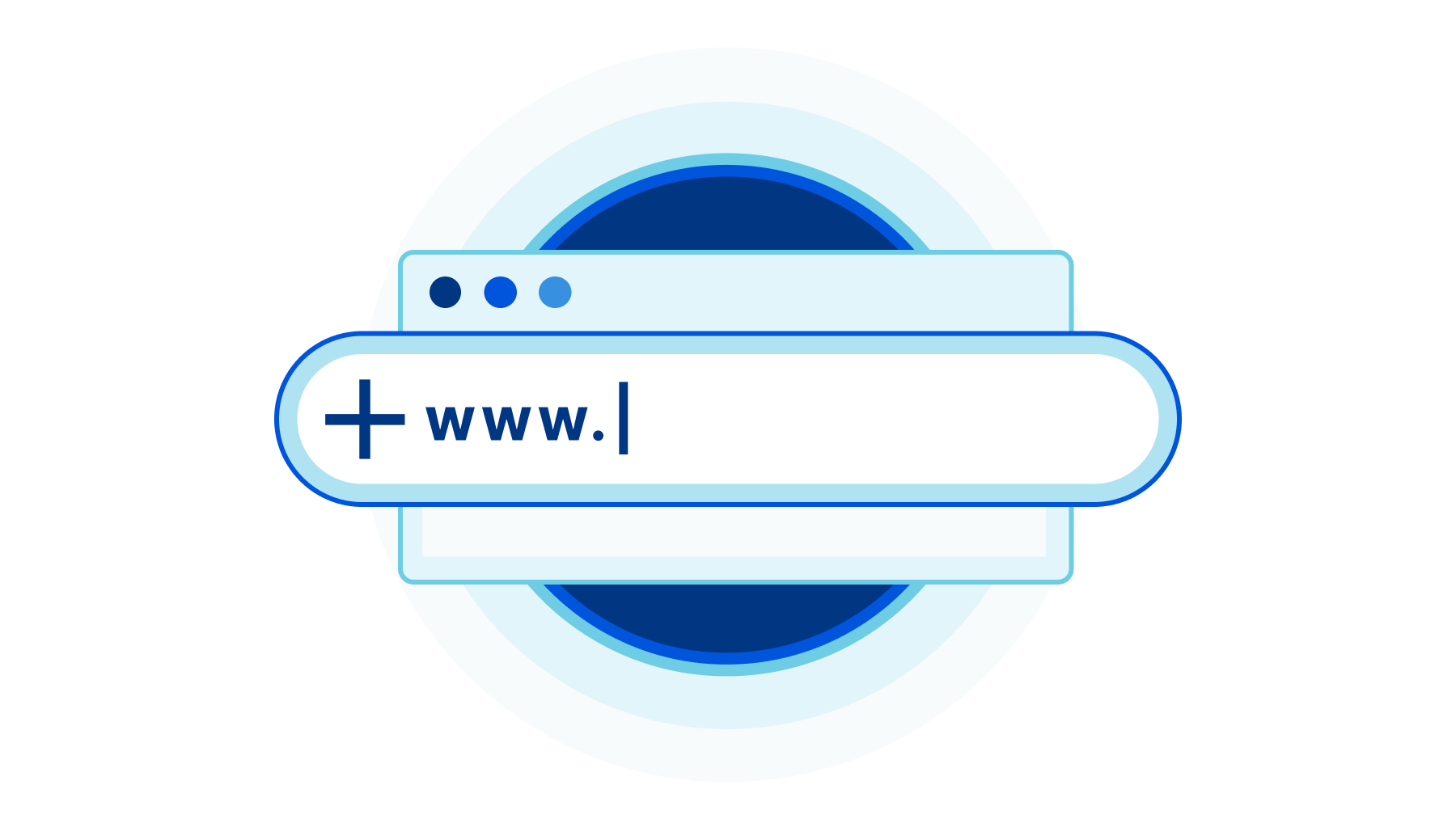
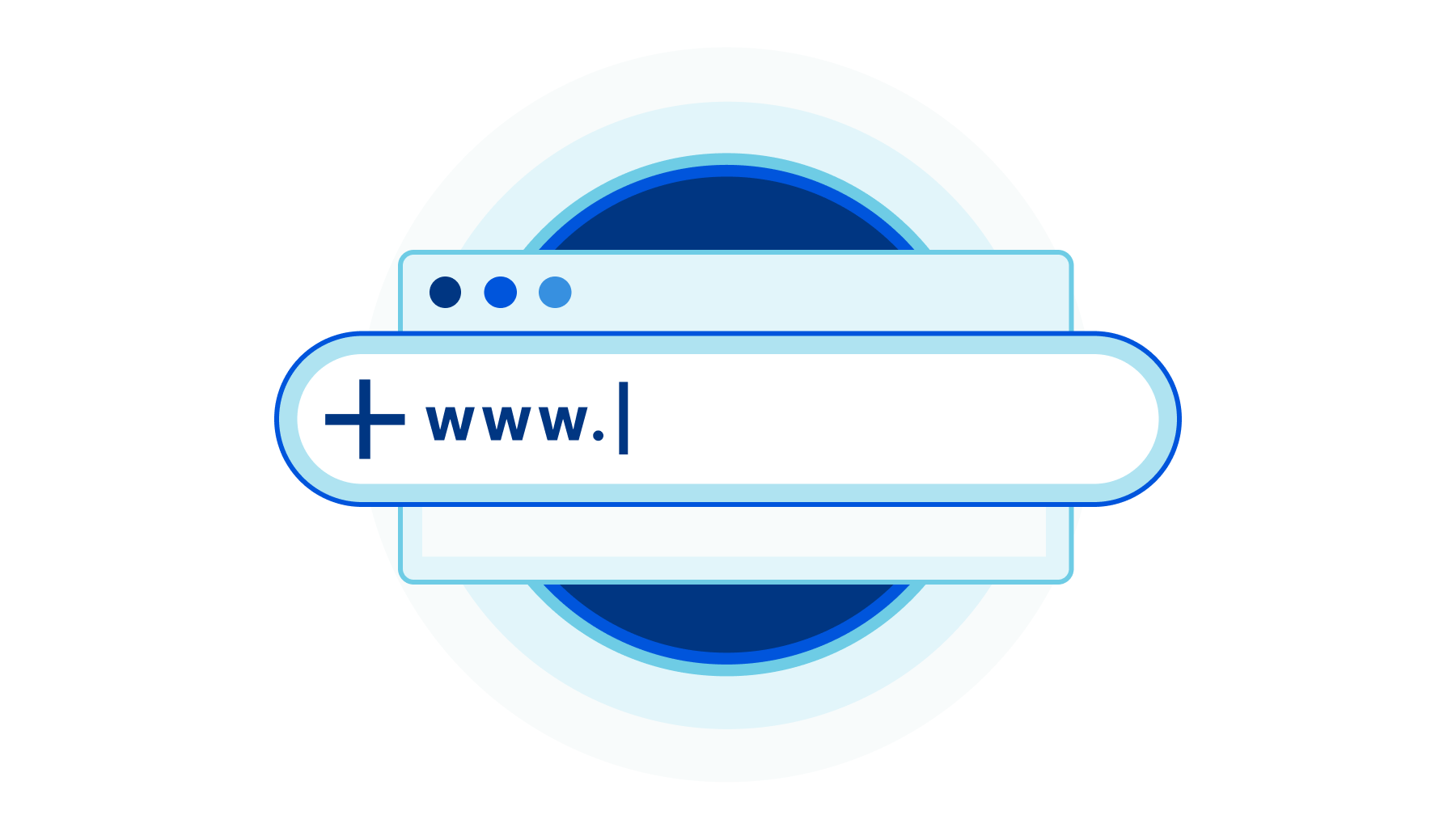
Today, we are excited to announce that all Cloudflare customers now have full Registrar access, including the ability to register new domains.
Second, starting today — and over the course of the next few weeks — we will be introducing over 40 new top-level domains (TLDs). We’re starting with .uk, our most requested country code extension. Initially, customers will only be able to transfer in existing .uk domains from other registrars, but support for new registrations will become available within the next few weeks. In keeping with our at-cost model, .uk domains will be priced at the wholesale registry fee.
A short registrar primer
In the domain name world, there are two key players: registrars and registries. Understandably, the two are often confused. One way to look at it is that registries are the wholesalers and registrars are the retailers. Registries host the centralized database of registered domains within a TLD. They are responsible for establishing the policies and business rules for the TLD. They also set the wholesale price. Registrars sell domains to end users and manage those registrations on an ongoing basis. They set the retail fee, collect payment, provide customer support, and ensure registrations are renewed Continue reading
A Better Internet with UN Global Compact


Every year during Birthday Week, we talk about what we mean by our mission to help build a better Internet. We release support for new standards and products that help the global Internet community and give things like unmitigated DDoS Protection away for free. We also think about our role as an active participant in the global community of individuals, companies and governments that make the Internet what it is.
In 2020, we decided to formalize our commitment to being an active partner in the global community by joining the UN Global Compact (UNGC) as a signatory. We share the view that achievement of the Sustainable Development Goals set out in the UN Global Compact are the blueprint for a better and more sustainable future. Today, we are proud to release our first Communication on Progress, which describes how we are integrating UNGC principles across our company and as part of helping build a better Internet.
Shared values, economy, and Internet
In 1999, then UN Secretary General Kofi Annan shared a sober message with business leaders gathered at the World Economic Forum in Davos. He argued that basic protections like human rights, environmental sustainability, and fair labor practices are Continue reading
Easily creating and routing email addresses with Cloudflare Email Routing
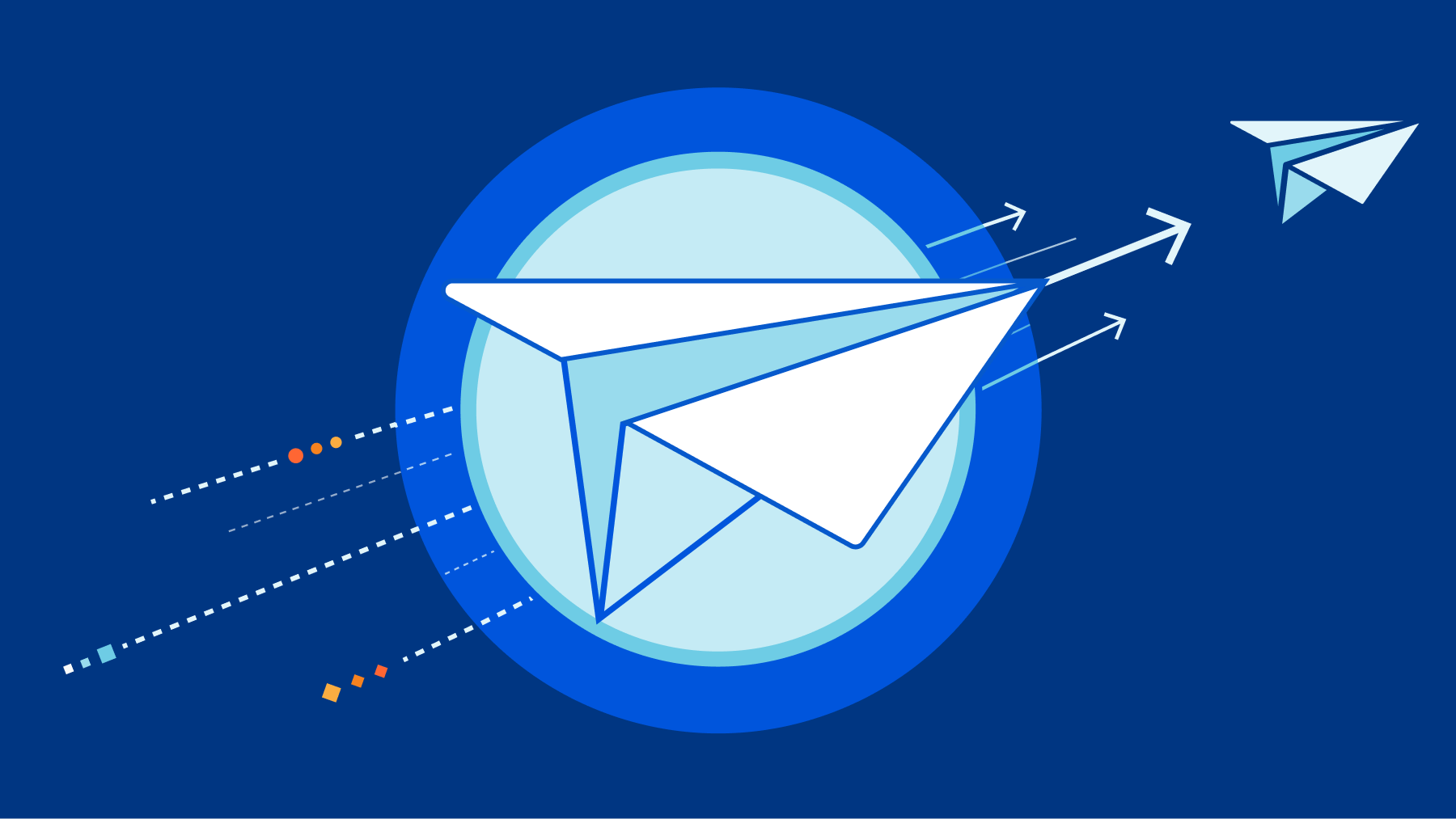
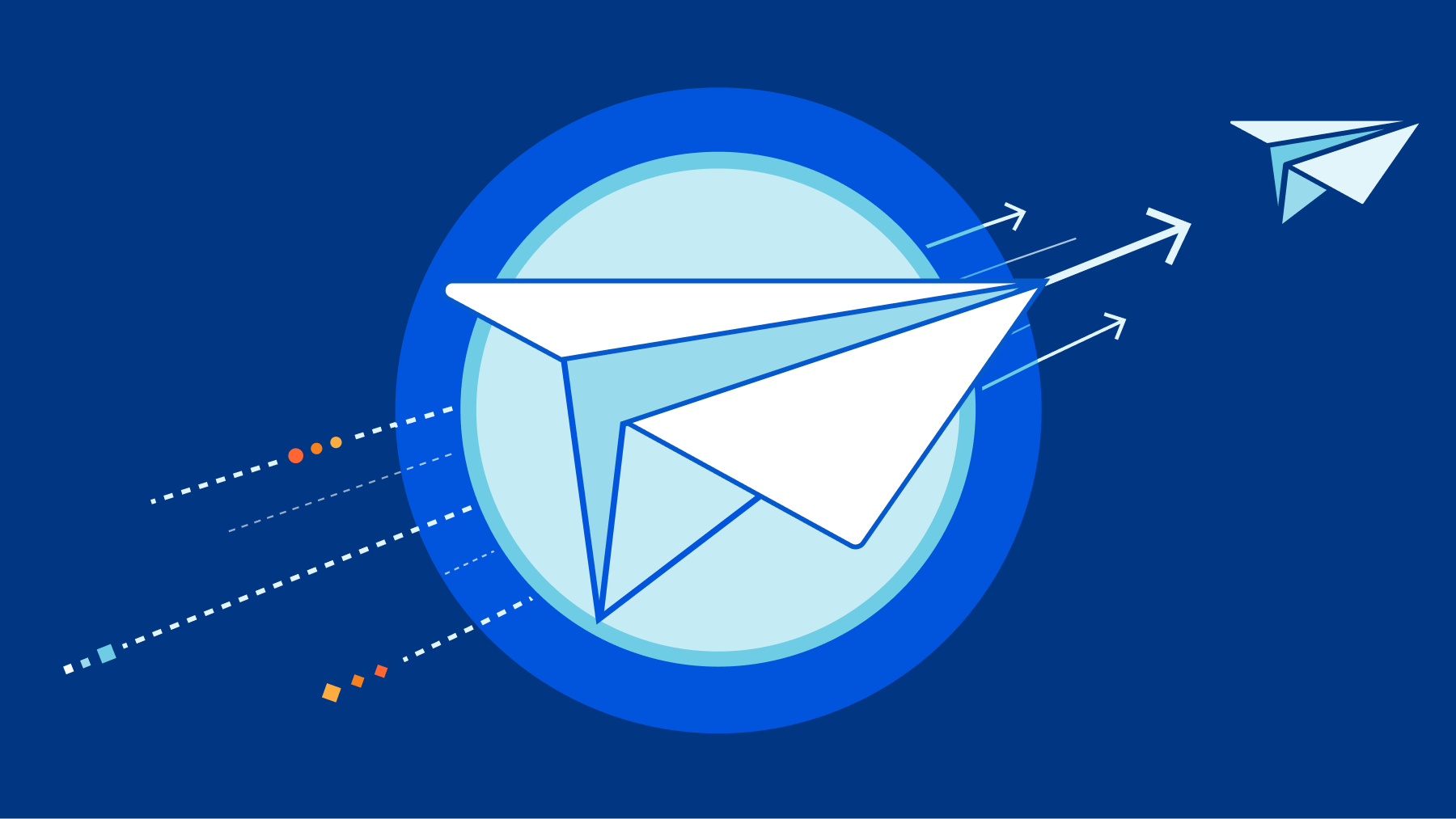
Over four billion people — or half of the world’s population — have at least one email address, many of whom use it as an essential tool to stay on top of their personal and professional matters. More than 300 billion emails are sent and received every day, but seeing email as just a communications tool wouldn’t do it justice. Its impact in our lives goes far beyond being a vessel for messages — its use cases also cover being a common way of validating one’s identity online, and serving as the gateway for other communication platforms.
Today, most people use their email for sensitive purposes, such as logging in to their bank account, or communicating with governmental entities. At the same time, they will use that email to sign up for a 10% off coupon they found online, which will surely spam them for months to come. Despite these two use cases being polar opposites in relation to importance and security, people take the risk, usually for the sake of conveniently managing one account.
Much in the same way, businesses want to have different email addresses for different types of inquiries, such as sales and support, but often find Continue reading
Tackling Email Spoofing and Phishing

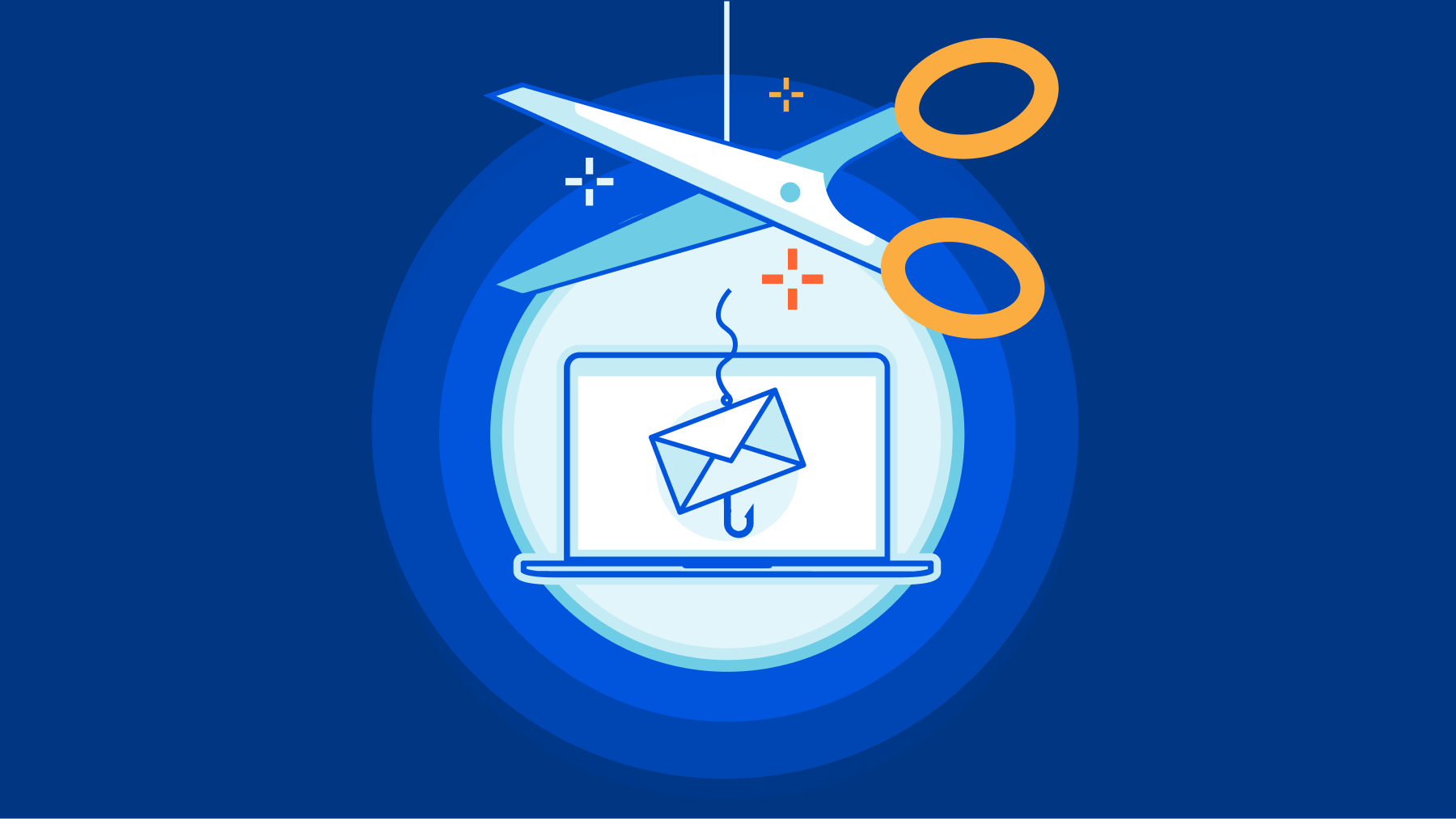
Today we’re rolling out a new tool to tackle email spoofing and phishing and improve email deliverability: The new Email Security DNS Wizard can be used to create DNS records that prevent others from sending malicious emails on behalf of your domain. This new feature also warns users about insecure DNS configurations on their domain and shows recommendations on how to fix them. The feature will first be rolled out to users on the Free plan and over the next weeks be made available for Pro, Business and Enterprise customers, as well.
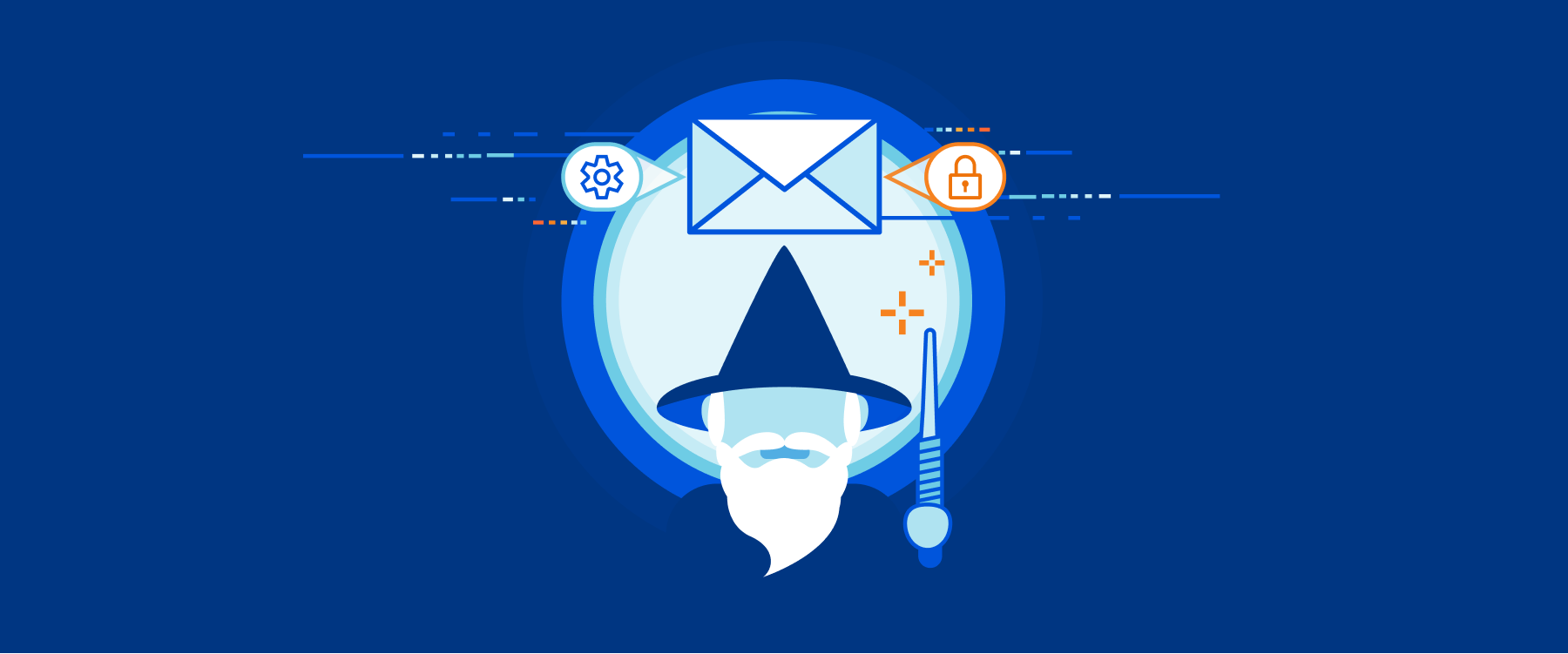
Before we dive into what magic this wizard is capable of, let’s take a step back and take a look at the problem: email spoofing and phishing.
What is email spoofing and phishing?
Spoofing is the process of posing as someone else which can be used in order to gain some kind of illicit advantage. One example is domain spoofing where someone hosts a website like mycoolwebpaqe.xyz to trick users of mycoolwebpage.xyz to provide sensitive information without knowing they landed on a false website. When looking at the address bar side by side in a browser, it’s very hard to spot the difference.

Then, there is Continue reading
Cloudflare’s Annual Founders’ Letter

This week we celebrate Cloudflare's birthday. We launched the company 11 years ago tomorrow: September 27, 2010. It has been our tradition, since our first birthday, to use this week to launch innovative new products that we think of as our gift back to the Internet.
Since going public, it's also been an opportunity for us to update our Annual Founders' Letter and share what's on our mind. Recently we've been thinking about three things: team, the Internet, and innovation.
Team
When anyone asks us the key to Cloudflare's success, we always say the same thing: the team we've been able to attract to help us achieve our mission of helping build a better Internet. In the last year we've had more than 250,000 people apply to work for us and extended offers to less than one half of one percent of them. We continue to attract great people.
It's incredible to realize that more than half of Cloudflare's team today started since March 13, 2020, when we closed all our physical offices due to the pandemic. In the last several months, as we've started to see a light at the end of the COVID tunnel, we've been hosting what Continue reading
Bringing OAuth 2.0 to Wrangler
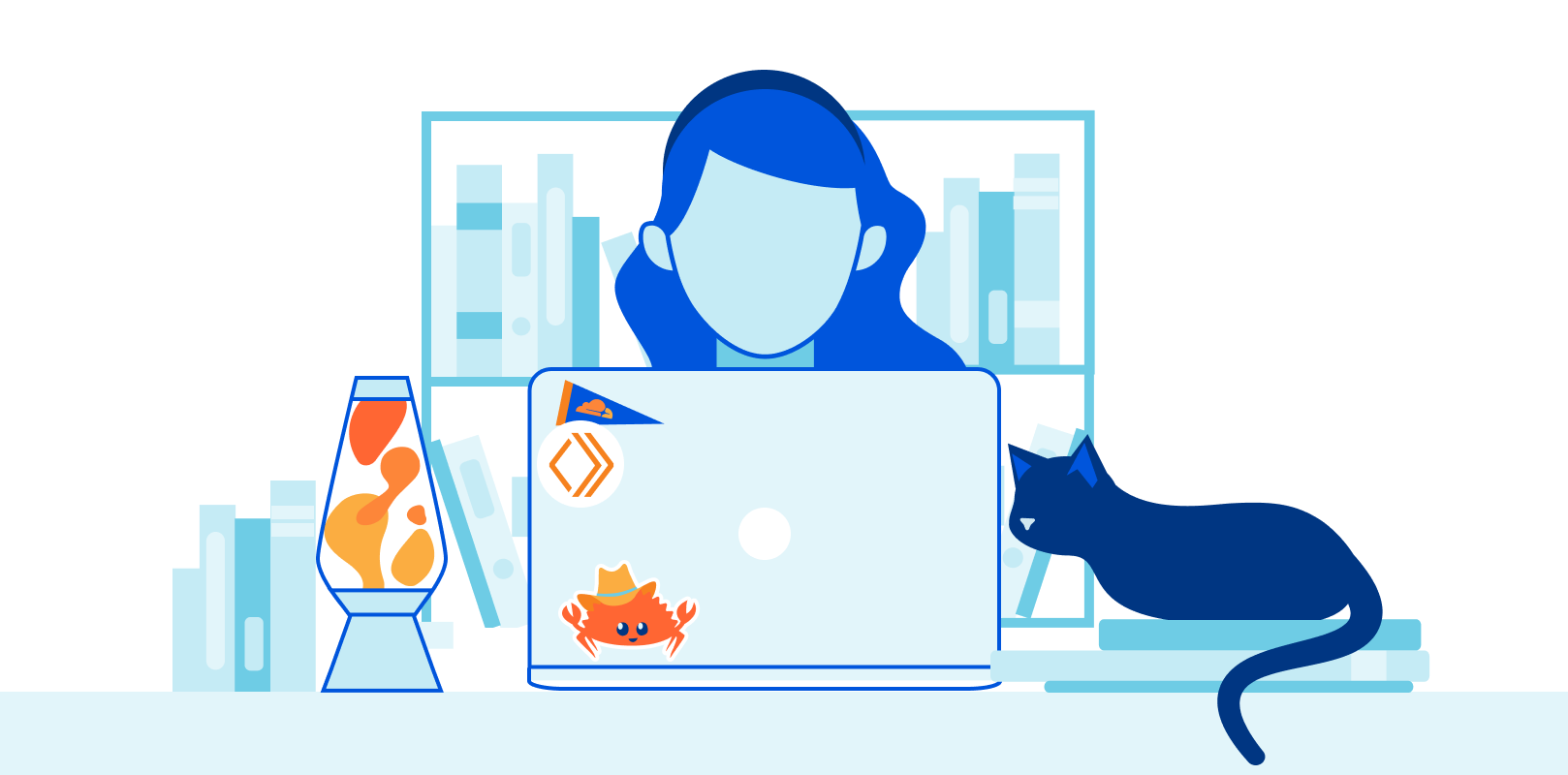
Over the course of this summer, I had the incredible opportunity to join the Workers Developer Productivity team and help improve the developer experience of Workers. Today, I’ll talk about my project to implement the OAuth 2.0 login protocol for Wrangler, the Workers command line interface (CLI).
Wrangler needs to be authorized in order to carry out its job. API tokens are one way to authorize Wrangler, but they do not provide the best user experience as the user needs to manually copy and paste their tokens. This is where the OAuth 2.0 protocol comes into play.
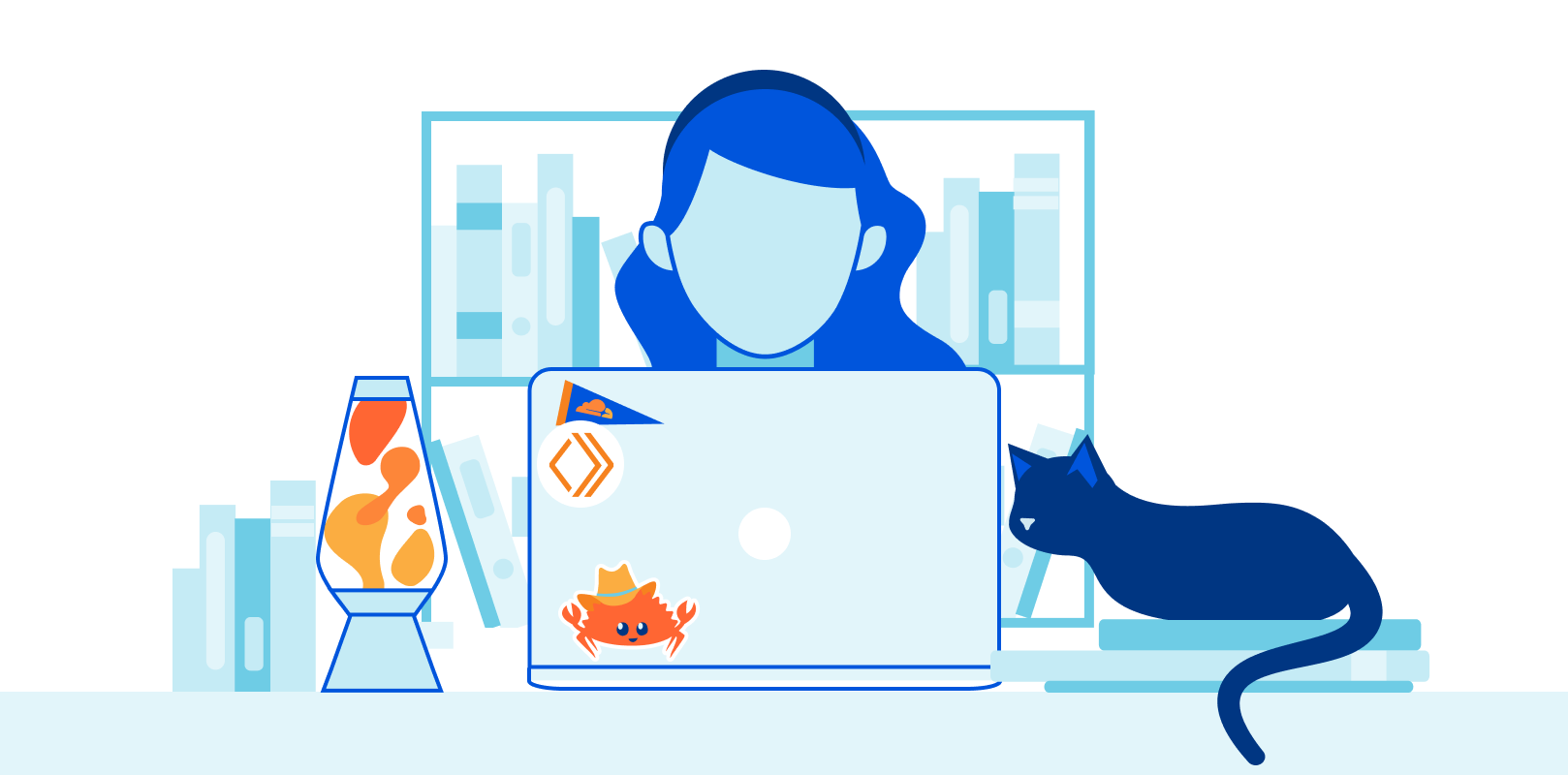
Wrangler login and OAuth 2.0
Previously, the wrangler login command used API tokens to authenticate Wrangler. However, managing API tokens can sometimes be cumbersome, since you need to go to the Cloudflare dashboard to create or modify a token. By using OAuth 2.0, we can allow users to directly choose permissions or scopes from Wrangler. OAuth 2.0 helps simplify the login process while making it more secure.
OAuth 2.0 is an industry-standard protocol for allowing users to authorize applications without having to share a password. In order to understand this protocol, we need to define some Continue reading